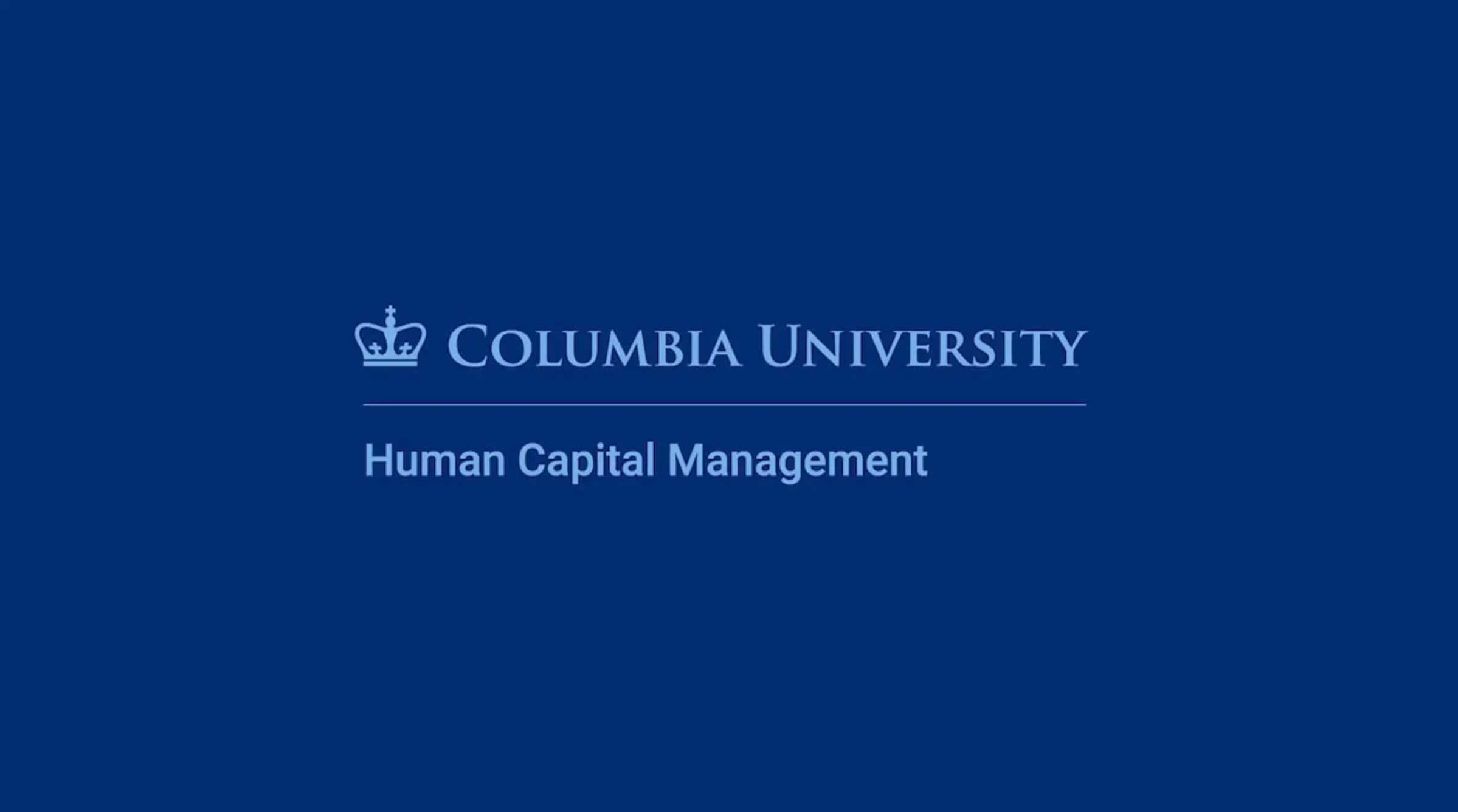On Thursday, June 17, 2021, Shaun Smith, Senior Vice President and Chief Human Resources Officer at New York-Presbyterian Hospital (NYP), shared his perspectives in a dynamic and engaging guest lecture on change management for all three Capstone sections of the Human Capital Management program.
SVP Smith joined New York-Presbyterian in 2012 as Vice President of Human Resources at NYP/Weill Cornell, and subsequently assumed responsibility for Human Resources strategic direction for the systems network of 10 hospitals with 40,000 employees prior to taking on his current role.
Shaun Smith highlighted key themes and HCM principles in the change management process. Most importantly, he emphasized the need for inclusion in the change process and empowering employees to be part of the change. Because people can feel threatened by change, HCM leaders need to first anticipate what people need, educate in advance, and normalize change. Change is a competency and people need to have the ability, resources, and support for the change.
Among the core concepts SVP Smith shared were the “ADKAR” building blocks of change management that address awareness, desire, knowledge, ability, and reinforcement in the change process. He stressed that change management is focused on employee engagement and employee experience. Critical elements in the change process include:
- Strategically align the change initiative with both organizational and departmental goals;
- Leadership and sponsorship are essential in order to move forward;
- Core organizational leaders, including front-line supervisors and middle managers, who have the toughest jobs need to be connected to the messaging in order to communicate the change successfully;
- Since communication is key, ensure messages are delivered seven times in seven different ways. Explain why the change is needed, connect the dots, and engage people in understanding why;
- Because the human connection is central, lead with the supportive aspects of change, not with deadlines;
- Understand where people are and meet them there. Because people absorb change in different ways and making a change is a personal choice, change agents need to recognize these differences and understand what is important to each stakeholder;
- Recognize that people are at the center and communicate what is in it for individuals, as well as the implications of change for their jobs (WIFFM or “what’s in it for me”);
- Fine tune the messages through multimedia messaging. Meetings may not be the vehicle of choice for creating connections. For example, regular pulse surveys can provide regular feedback on how people feel.
- Leverage success and promote the rewards involved in the change.
In response to a question from graduate student Lindsay Mcclain-Pinkett, Shaun Smith spoke of the change management initiative underway in the New York Jobs CEO Council, a coalition of organizations working together to enhance multiple pathways to hiring diverse talent ((https://nyjobsceocouncil.org/). In shifting the talent paradigm, SVP Smith spoke of the importance of overcoming barriers that prevent individuals from moving forward in their careers and changing leaders’ perception of what success looks like.
Feedback received on this special program consistently noted that Shaun Smith’s talk was exceptionally engaging, highly informative, and provided valuable and practical insights on the change process.

